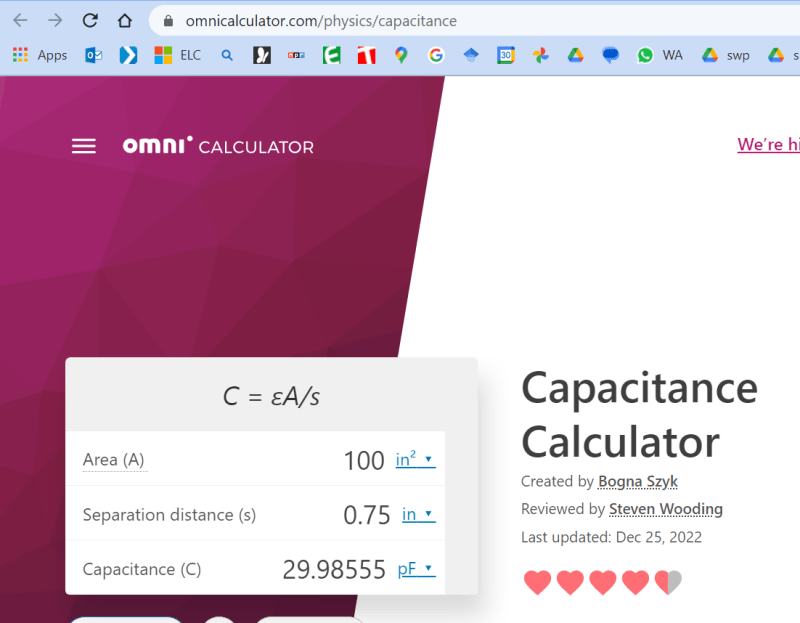I am working on an Arduino PID control project and I want to use a capacitive sensor for detecting the distance between a target and a steel plate. I need the output signal from the sensor to be analog so that I can use it to measure the distance. For some reason I am having difficulty finding a readily available low cost capacitive sensor that has an analog output.
I see there are lots of cheap capacitive proximity sensors but they appear to just be NO/NC with no way to get an analog signal. Or can these be modified to output an analog signal?? If so how?
If there are cheap analog sensors that will do the same thing I'd love a recommendation! Looking to sense around 0 to 0.75" distances.
Link below for the proximity sensors I've been looking at.
I see there are lots of cheap capacitive proximity sensors but they appear to just be NO/NC with no way to get an analog signal. Or can these be modified to output an analog signal?? If so how?
If there are cheap analog sensors that will do the same thing I'd love a recommendation! Looking to sense around 0 to 0.75" distances.
Link below for the proximity sensors I've been looking at.

